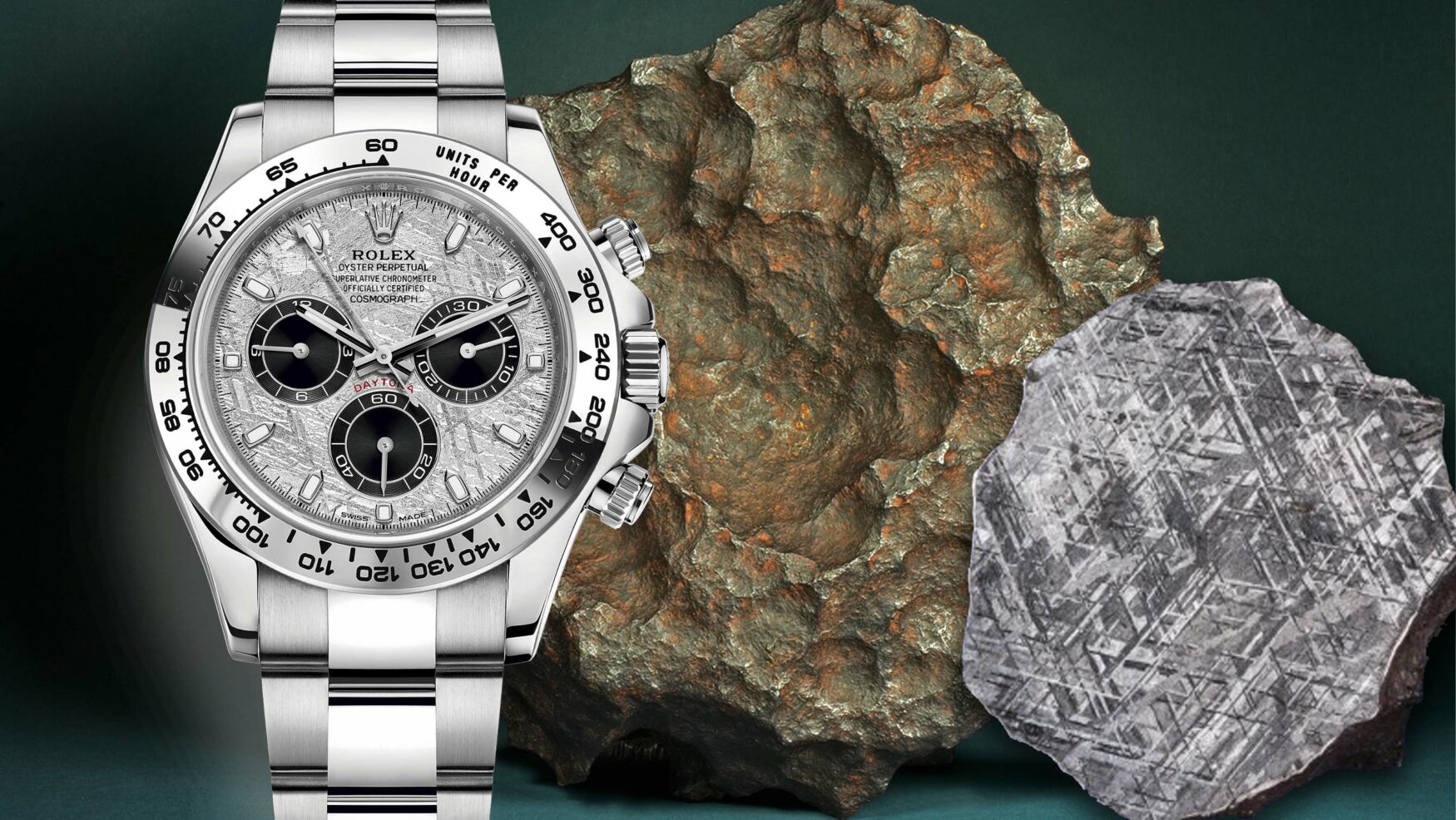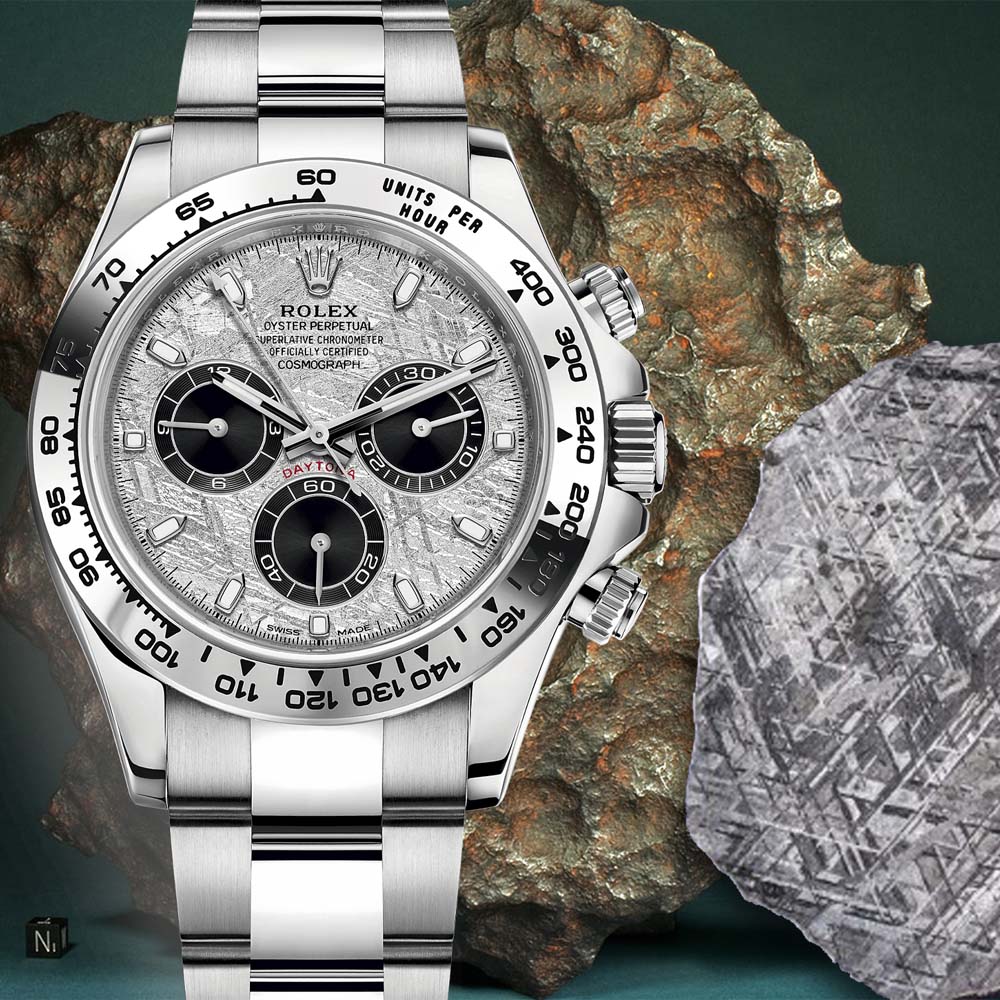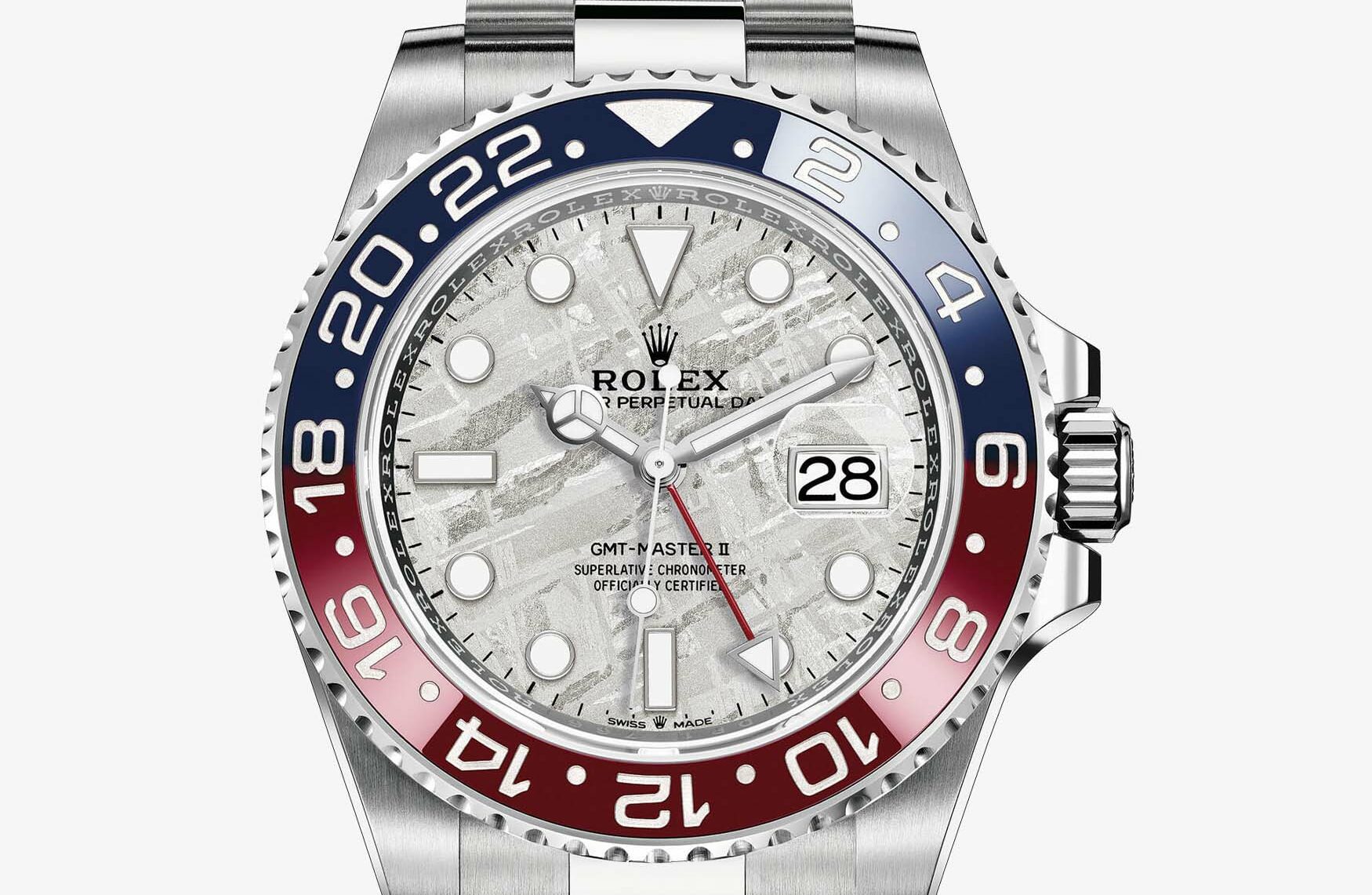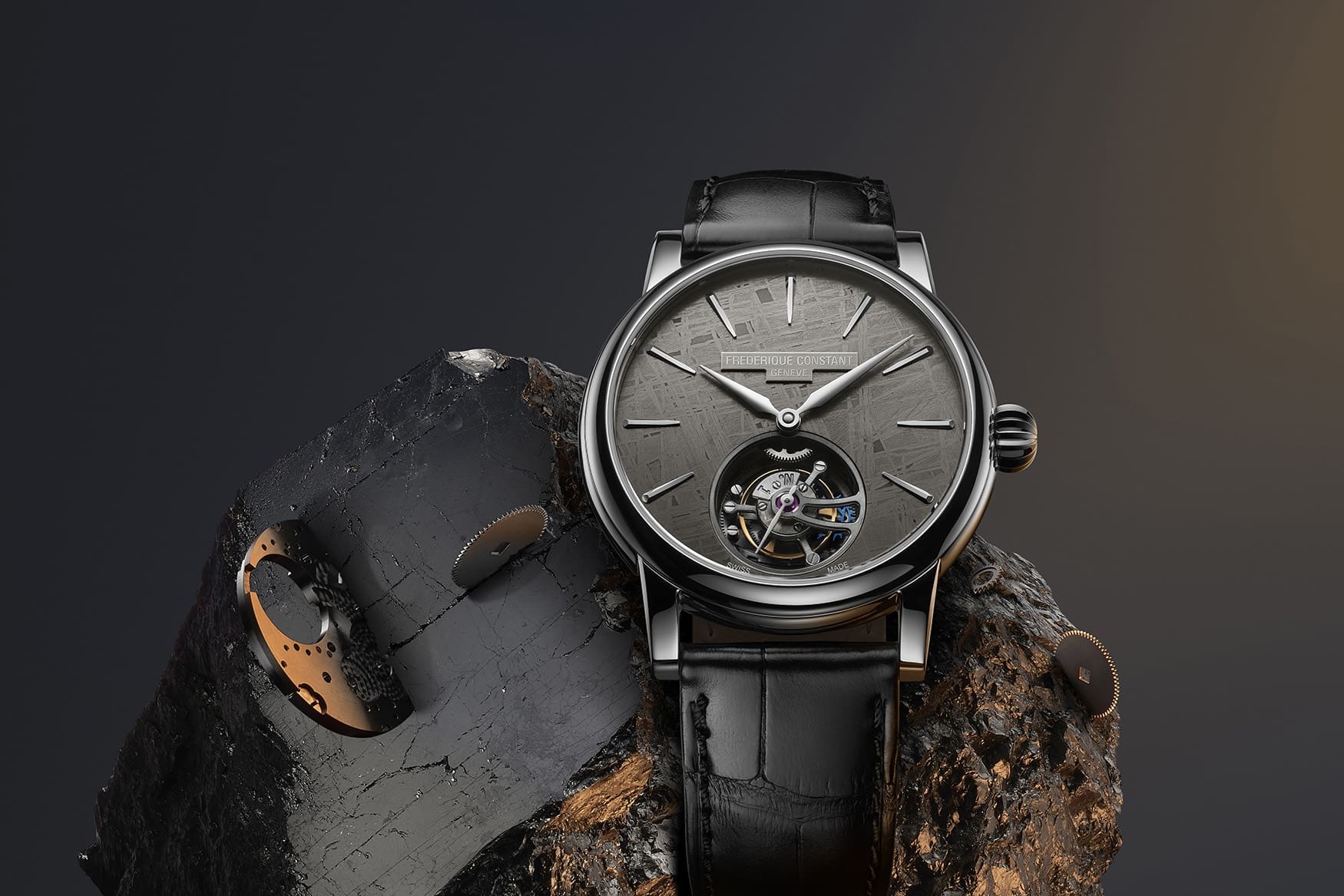What is Gibeon meteorite?
Buffy AcaciaAs the watch industry gets more and more experimental with its dials, it should come as no surprise that dials made from meteorite have almost become somewhat common. Rolex was the first mainstream company to utilise it in 2002, however there were a few rare Corum watches in the late ’90s which may have been the first. These meteorite chunks are forged in the molten core of planets across the galaxy, only for them to shoot out into the vacuum of space and cool down incredibly slowly. In any case they’re seemingly everywhere now, even in entry-level microbrands. No matter how much you’re paying, it’s amazing that you can carry a chunk of space around on your wrist. However, the more meteorite dials we see, the more we see references to Gibeon meteorite and its superiority over other varieties. Is that true, and what is Gibeon meteorite?
The history
Named after the nearest Namibian village to where it was found, Gibeon was identified as a meteorite in 1836 by John Herschel, after receiving samples from the English captain J.E. Alexander. Before then, the local Nama people had used pieces of it for tools and weapons. After all, being composed of 91.8% iron and 7.7% nickel, it’s naturally quite a useful alloy. Gibeon fell at some point in prehistory, and although it’s not a narrow window, it would have been between 5,000 and 30,000 years ago. Whenever it fell, it would have been devastating. 26 tons of material were pounded into the Earth across an area 390 kilometres long and 120 kilometres wide, which is the largest area affected by a single meteor known to science.
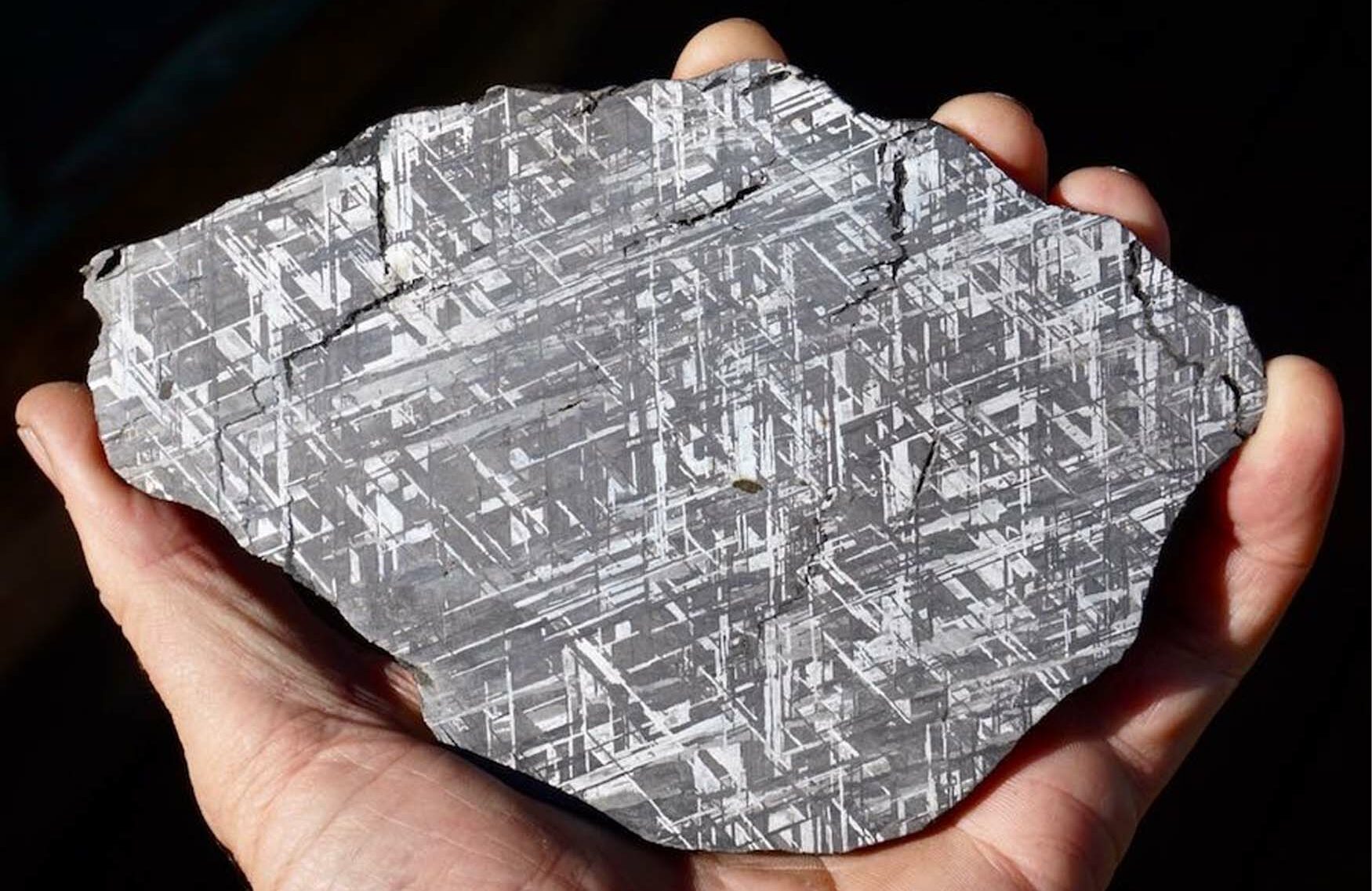
The process
Aside from its sheer mass, the Gibeon meteorite is best known for its beautiful Widmanstätten pattern. First observed in 1808 by Count Alois von Beckh Widmanstätten, the pattern is representative of a very specific crystal lattice which forms as molten metal cools incredibly slowly in the vacuum of space. There’s a clear octahedral structure, but the individual fine needles vary wildly, so no two sections are exactly the same. For the best results, the surface of the meteorite has to be sliced, polished flat, and then etched with acid to bring out all of the contrasting alloys and minerals. There are plenty of meteorites which have similar crystalline patterns, but Gibeon’s are distinctly attractive with a fascinating grey-silver lustre. From there, some manufacturers apply different treatments to achieve specific colours. Heat treatment can achieve those mystical hues of blue, purple, orange and yellow when done right, or translucent lacquer can give it an even coat in whatever colour you choose.
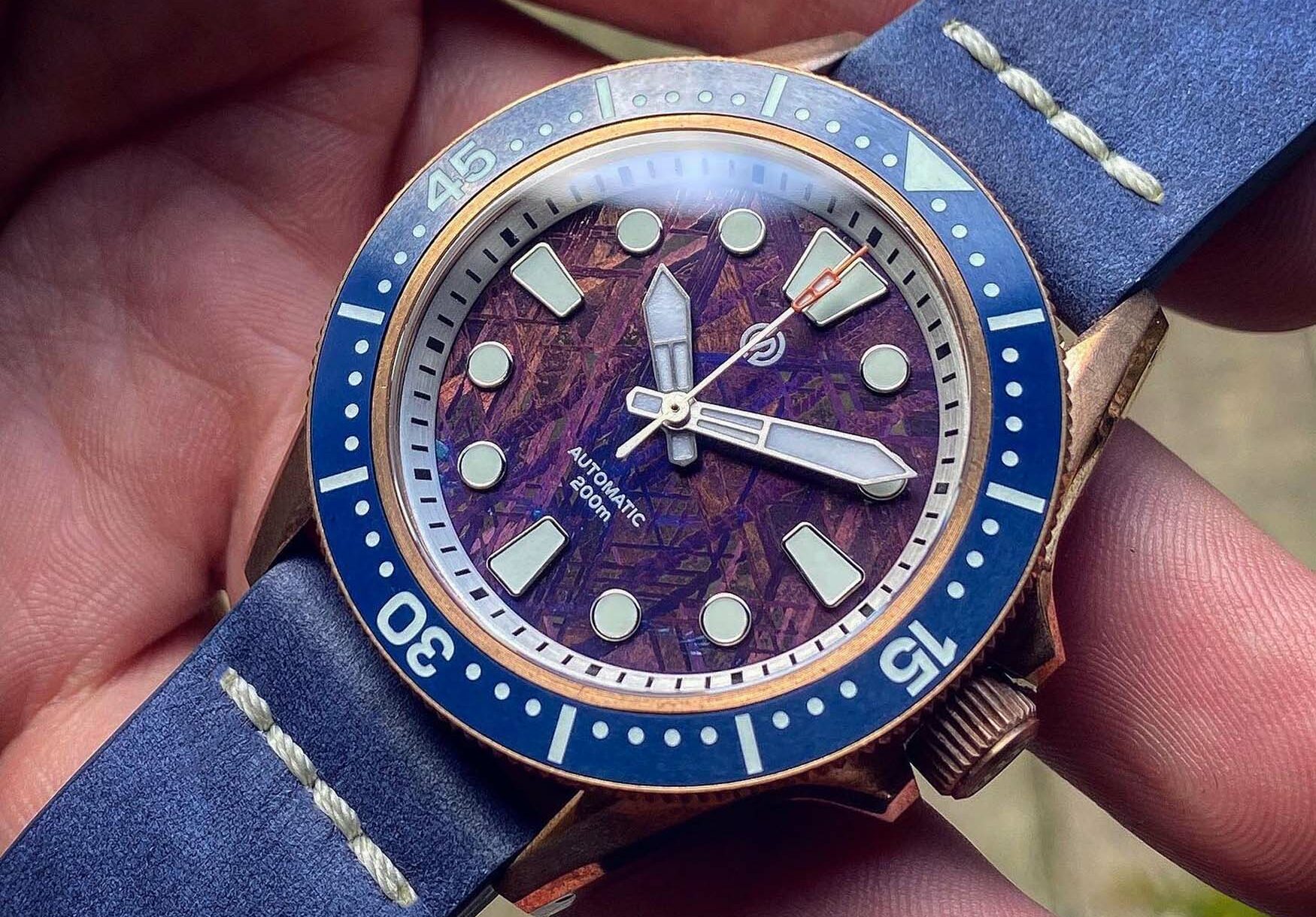
The rarity, or lack thereof
All considered, is Gibeon meteorite actually as valuable as the marketing makes it seem? Well, a quick Google search for Gibeon meteorite jewellery should tell you everything that you need to know. It’s absolutely everywhere, and its attractive looks have made it a go-to choice for jewellers around the world. The reputation of its rarity comes from the fact that Gibeon has been protected as a National Monument of Namibia since 1950, and no modern samples are allowed to be cut up, sold, or even moved from wherever they’re found. That’s all true, but remembering how many tonnes of material were collected in the first century of its commercialisation, it’s not surprising that there’s still a lot of pre-1950 meteorite available for the industry. It’s able to be sliced in thicknesses of 0.1mm, so a rough fragment just 3cm thick could in theory produce 3,000 watch dials. It’s this abundance which can also dismiss any worries over fake Gibeon meteorite, because there’s not really much point in faking it. Complicated stamping processes can imprint a pattern on a dial, but the colouring will be off, and every dial would look identical. Sourcing meteorite from other sources may end up actually being more expensive as Gibeon was so large, and the results probably wouldn’t look as good.
Rarity may not be a particularly strong factor for Gibeon meteorite, even if we will run out eventually, but that doesn’t mean it hasn’t earned its special reputation. Whether it’s the Widmanstätten pattern which draws you in or simply the knowledge of tying that meteorite to a specific time and place, it’s always been true that humans just can’t ignore a pretty rock.




